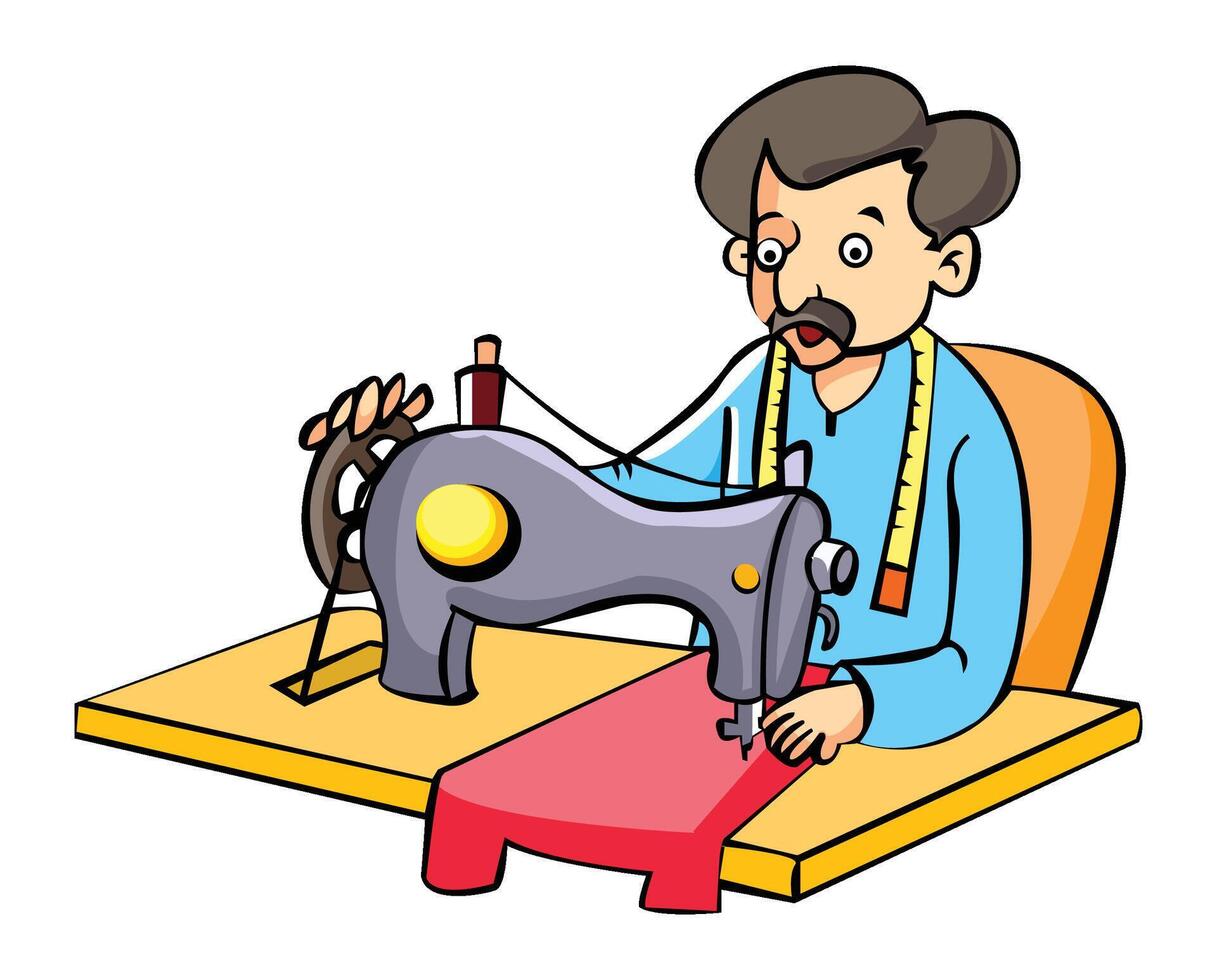Tailor Perth Insights: Discover the Art of Fine Tailoring in Perth
Tailor Perth Insights: Discover the Art of Fine Tailoring in Perth
Blog Article
Comprehending the Tailoring Refine: From Material Choice to Last Suitable for the Suitable Wardrobe
The tailoring process is a complex interplay of art and scientific research, beginning with the important choice of fabric selection and culminating in the specific adjustments of last installations. Each textile type brings distinct high qualities that influence not just the visual charm however also the garment's long life and suitability for various occasions. Recognizing the subtleties of customizing methods can raise one's closet to unprecedented degrees of sophistication. As we check out these elements further, one have to think about how even the tiniest details can considerably influence the overall end result of one's individual style.
Importance of Material Selection
Choosing the appropriate textile is important in the customizing process, as it directly influences the convenience, durability, and overall visual of the final garment (tailor perth). The option of textile sets the foundation for the garment's style, performance, and efficiency. Different fabrics have distinct homes, such as weight, breathability, and stretch, which can considerably impact how the garment drapes and fits the body
Moreover, material choice affects the garment's longevity and simplicity of care. High-quality fabrics can hold up against damage, preserving their appearance and structure in time, while lower-quality materials might cause pilling or fading. In addition, the appropriate textile adds to the garment's ability to transition across occasions and periods, consequently enhancing adaptability.
A tailored item made from an ideal material not just showcases craftsmanship however also elevates the user's self-confidence. As a result, comprehending the subtleties of material choice is vital for any type of tailoring endeavor. It makes sure that the end product not only meets the aesthetic needs of the customer yet also straightens with functional demands, thereby accomplishing an unified balance between form and function in the tailored wardrobe.
Sorts Of Fabrics and Their Usages
Recognizing the different kinds of materials readily available is important for making educated choices throughout the tailoring procedure. Each fabric has unique characteristics that dictate its suitability for particular garments and events.
Its flexibility enables it to be tailored into everything from t-shirts to gowns. Its natural elasticity aids garments preserve form over time.
Silk exhibits high-end and is light-weight, making it excellent for eveningwear and delicate shirts; nonetheless, it requires cautious handling because of its frailty. Bed linen, with its textured surface, is a preferred choice for warm climates, offering a airy and crisp feeling, however it wrinkles conveniently, which may influence the garment's look.
Synthetic textiles, such as polyester and nylon, offer resilience and resistance to creases, making them appropriate for everyday wear and energetic apparel. Recognizing these textile types and their residential or commercial properties enables for far better decision-making, making certain that each tailored piece not just fits well yet likewise lines up with the designated function and event.
The Tailoring Techniques Explained
The art of customizing relies on a variety of strategies that transform textile right into well-fitted garments. Central to this process is pattern preparing, where a tailor creates layouts based upon the customer's dimensions additional reading and desired design. This first step makes sure that the garment will fit the wearer appropriately before any cutting occurs.
As soon as patterns are developed, cutting strategies come into play. Accuracy is extremely important as mistakes can cause misfitting garments. Tailors typically make use of various reducing approaches, such as single-layer cutting for complex styles and multiple-layer reducing for performance on conventional patterns.
Basting is one more necessary technique, allowing tailors to momentarily stitch fabric assemble for a preliminary installation. This technique uses the possibility to assess the drape and overall shape before last sewing.
Seaming methods, including french seams and flat-felled seams, improve the garment's resilience and aesthetic charm. click resources Tailors likewise employ techniques such as interfacing and cushioning to give framework and shape to certain areas, like shoulders and collars.
Finally, completing methods, including hemming and side ending up, guarantee the garment's long life while providing a refined appearance. With each other, these methods form the foundation of reliable customizing, leading to charming, tailor-made clothing.
Fitting Modifications and Factors To Consider

Trick considerations consist of the shoulder fit, which needs to neither droop nor limit movement, and the sleeve size, which must enable comfortable arm movement while keeping a polished appearance. Additionally, adjustments at the waistline can refine the shape, with choices to allow out or absorb fabric as needed.
The surge of pants is another essential element; it should sit easily over the hips without causing pain, permitting ease of movement. Hemming lengths for both pants and skirts should show the wearer's preferred design while respecting percentages.

Keeping Your Tailored Apparel
Constantly comply with the care label instructions, which might advise dry cleansing for delicate fabrics or maker washing for more long lasting products. Stay clear of frequent laundering, as this can put on down the material and change the garment's form.
Storage space is equally important; use cushioned hangers for coats and coats to keep shoulder structure, and store trousers folded up nicely or hung to avoid creasing. Secure garments from straight sunshine, which can fade shades and damage fibers.
Additionally, regular assessments for minor repairs can stop larger problems. Check for loosened switches, fraying joints, or indications of moth damages, addressing these problems without delay to keep the garment's integrity.
Last but not least, consider seasonal rotation. Using tailored items in small amounts permits materials to recover, expanding their life-span. By executing these upkeep techniques, you can make certain that your customized garments continue to be as pristine as the day you initially wore them, boosting your optimal closet for years to find.
Conclusion
The customizing procedure, encompassing material selection, knowledgeable methods, and accurate suitable modifications, plays a critical duty in producing garments that enhance both comfort and style. Understanding the relevance of maintenance prolongs the life of tailored garments, strengthening their worth in a well-curated closet.
Selecting the best fabric is important in the customizing procedure, as it directly influences the convenience, longevity, and general visual of the final garment. The choice of textile sets the foundation for the garment's design, efficiency, and functionality. Different fabrics possess distinct homes, such as breathability, stretch, and weight, which can dramatically influence how the garment drapes and fits the body.
The art of tailoring relies on a selection of techniques that change fabric into well-fitted garments.The customizing process, including fabric selection, proficient techniques, and specific fitting modifications, plays a vital duty in developing garments that enhance both comfort and design.
Report this page